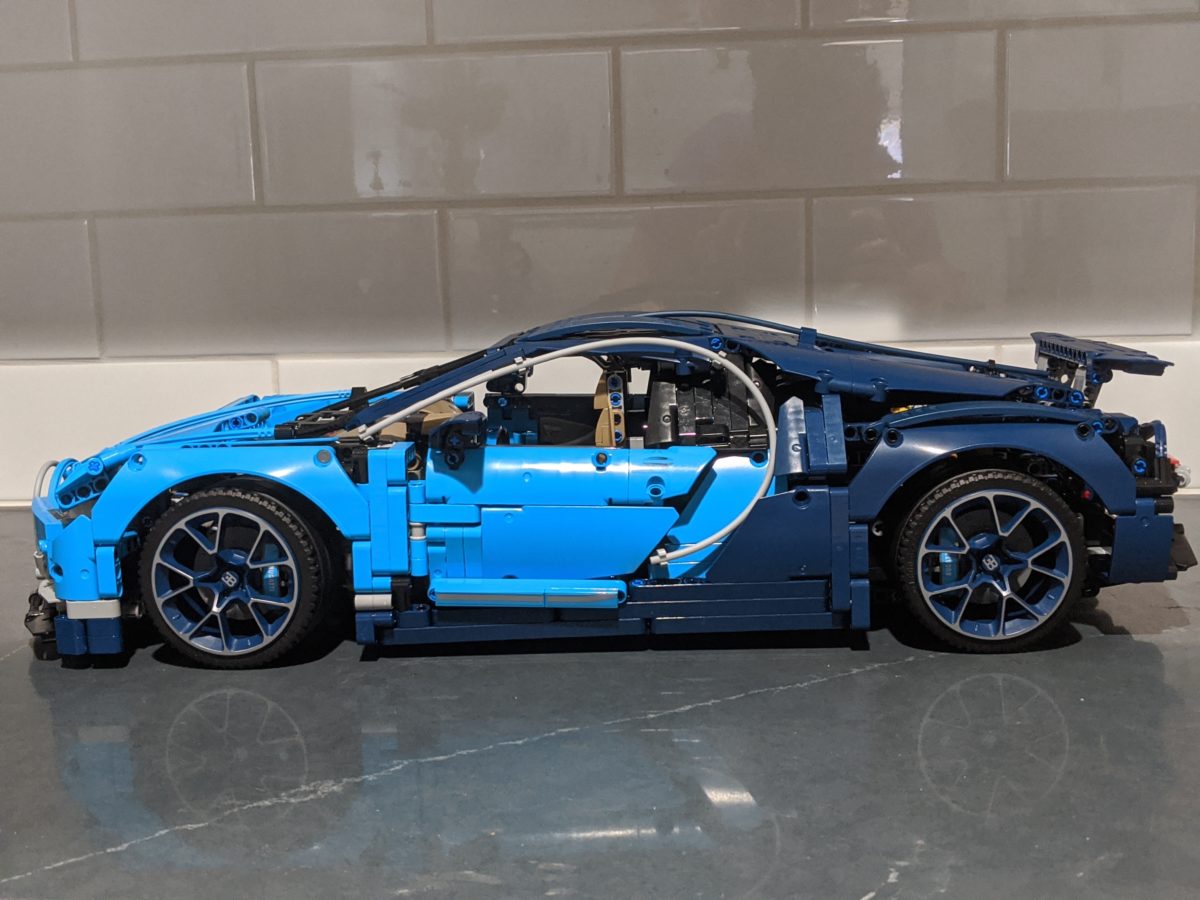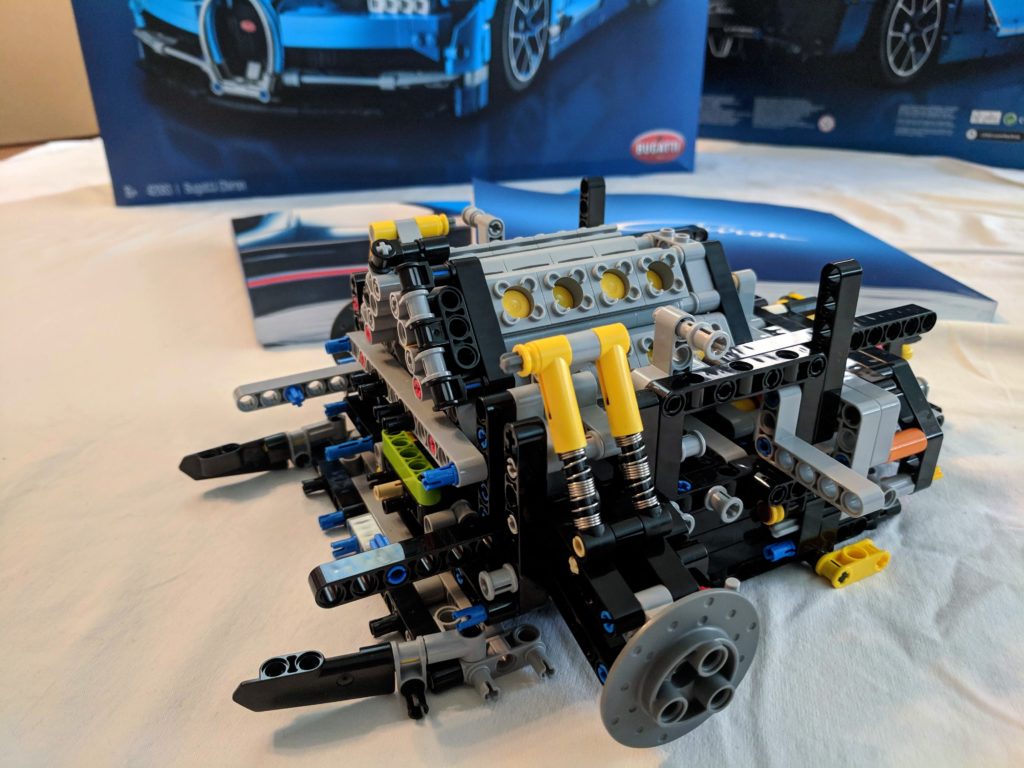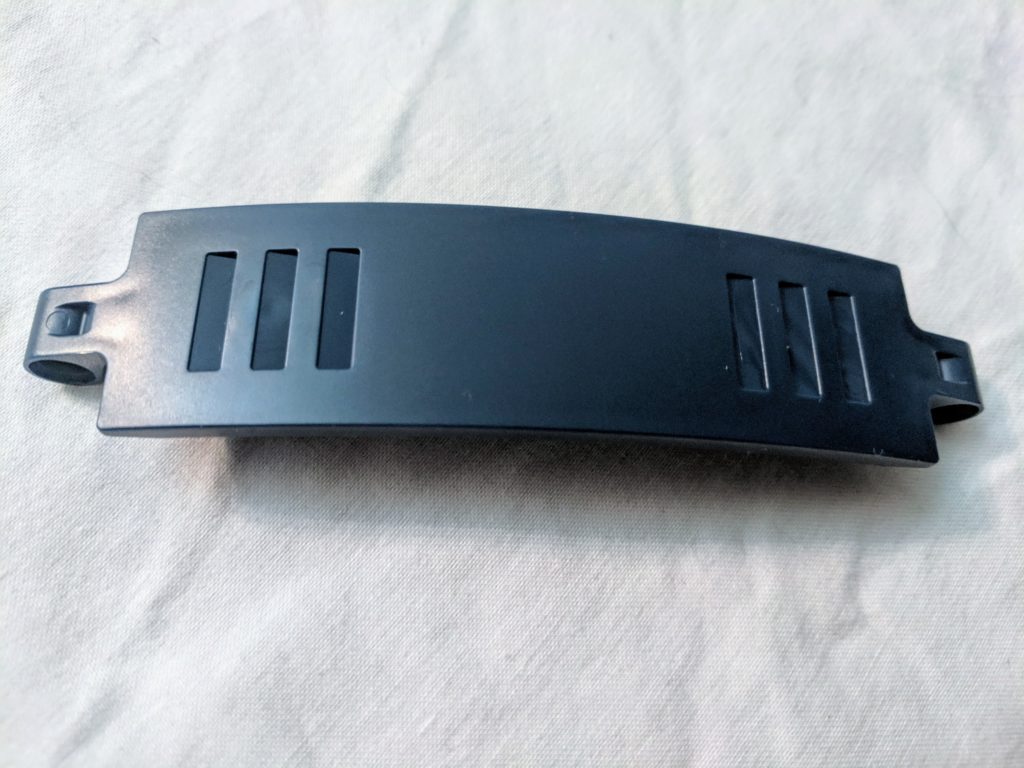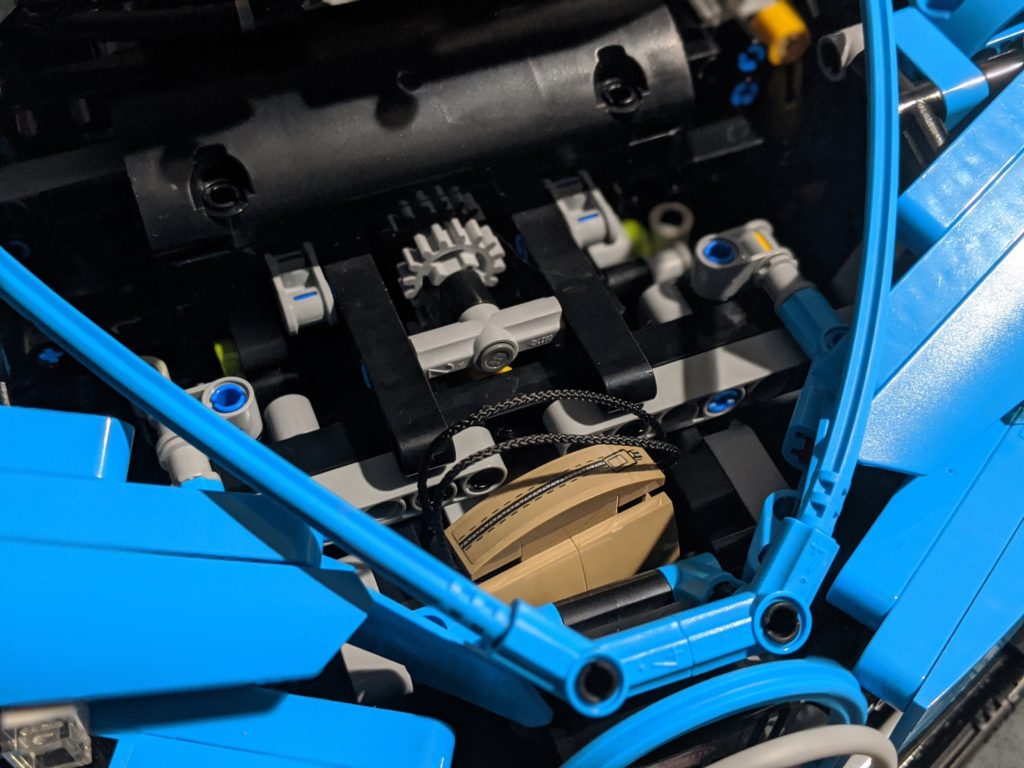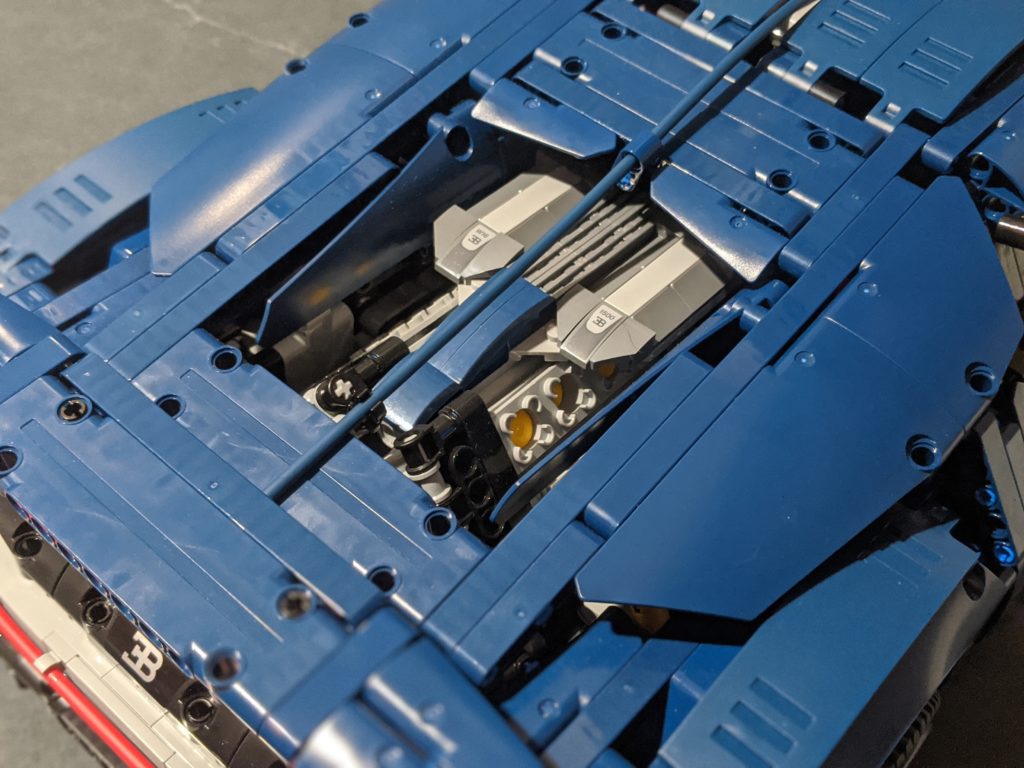It has been a long time since I had the opportunity to build with Lego, and even longer than that since I opened up a brand new set. BZPower was kind enough to provide me with the latter in the form of the 42083 Bugatti Chiron for me to review, an assignment I finally wrapped up around the same time the third model in the series was released—two years later. Over the course of the process, what began as a simple task evolved into a cross-country creative endeavor involving both me and my little brother. Reminiscent of our childhood Lego adventures, we made something we’re both proud to share. Enjoy the gestalt.
Presentation
From the design of the box to the instruction manual, these are the first things you see before building the set.
I only saw the previous model in this series, the 42056 Porsche 911 GT3 RS, from online pictures, so I never got the experience of opening one up for myself. There is clearly a lot of effort put into the presentation of these sets, starting with the box itself. Text is minimized on the exterior of the box, which is dominated by glamour shots of the model itself accompanied by the LEGO Technic and Bugatti logos. Other sides feature the custom wheels created specifically for this set and a few of the notable features. Opening the box is breathtaking: each smaller box has been arranged to form a portrait of the model with the instructions set in the center. While I’m already conditioned to be excited about a new set, the intentional package design recreated the feeling of opening up a new cell phone or laptop.
For instructions, we have two very thick manuals to cover everything. The sub-boxes are highlighted like chapters in the books, each one showing photographs of the actual car, insights into the set design process, and a comparison of how the set has tried to replicate features of the real life manufacturing process. These chapters also correspond to episodes in a podcast, which expand on the efforts behind the decision-making.
Smaller details abound: the smaller boxes can be flipped around to form a rearview portrait of the car, and the inner walls of the box feature sketches from different incarnations of the namesake vehicle.
Building
Half the fun is had building the set. How fun is it to build and how easy or challenging is it?
My goodness, this was a complicated build. This is where a majority of the delays occurred: Mark and I wanted to complete the build together and film it as we went along, but each box took us multiple hours. With limited time together and separated by the North American landmass, this proved more challenging than initially expected.
Complicated builds are exactly what I would like to see in a set aimed at older fans. Along the way, there is a lot of beautiful underlying structure that is eventually completely hidden by the exterior shell. The gearbox and engine sections are particularly nice. At several steps, the instructions make clear that everything must be in precise alignment before continuing further. I was glad to be photographing the build as I went along, since a lot of this engineering gets hidden by the time the model is complete.
I appreciated that the building sequence mirrors the real-life “marriage” process where the engine assembly is fit into the chassis. It felt like I was carefully bolting it together—something also done by hand during supercar assembly.
Set Design
Now that the set is complete, we can critique how it looks from every angle. New or interesting pieces can also be examined here.
For safety reasons, the real Bugatti Chiron is electronically limited to a top speed of 380 km/h (231 mph). A new purchaser of the Chiron is given a special key that unlocks its 420 km/h (261 mph) Top Speed mode, which includes lowering the spoiler and decreasing the ride height, as well as a number of pre-operation safety checks by the car’s computer. Even this speed is limited, though: the engineers were concerned that no tires currently manufactured could handle the 500 km/h (310 mph) speeds the car is capable of achieving. This is replicated in the set with a special key, but I was a little bummed that it does not actually change anything about the gearing. Instead, it lowers the spoiler, conceptually signaling the car’s readiness to fly.
Each set comes with a flat plate printed with a unique serial number, like a VIN, that can be used to access an owners-only website.
While I am not the best person to determine which pieces are new to this set, I highlighted some of the ones I found most interesting. In addition to the unique wheels, there is a disc assembly for connecting them. The orange spirals are used as part of a larger setup to toggle between gearing configurations. I noticed a few “cheat” pieces, like one that converts a Technic peg to a stud, and another (not pictured) that allows three axles to join in a two-brick height space. Little “gun” pieces are used to hold the flex tubing that serves as the long taillight. Finally, there is a bunch of faring. One of my favorite piece categories, I love using faring to refine the aesthetics of a model’s exterior, and this set comes with a bunch of it in a gorgeous dark blue.
Playability
The other half of the fun is in playing with the set. How well does the set function and is it enjoyable to play with?
I have always loved the functional aspect of Technic sets. In addition to being fun to build, it’s exciting to see the different mechanisms come to life (and was how I first learned about gearing). Of course, in this set the steering wheel turns the front wheels, and the wheels’ forward motion causes the pistons to pump.
Both doors open, and since the engine is in the back, the hood opens to reveal a “frunk” that can store the Bugatti-themed luggage.
The gearshift has three modes: fast, neutral, and faster, replicating the real life car’s two top speed limits. As previously mentioned, the rear wing is raised and lowered by a special key in another nod to those speed modes.
People who enjoy playing more actively with their sets may be interested in the community modifications compiled by Rebrickable user jb70, which, in addition to increasing realism with features like Ackerman geometry in the front axle, adds a top-facing knob that BZPower readers will recognize as a “Bionicle gear” for “hand of god” steering.
Final Thoughts
Once it’s all said and done, how does the set stack up? Should I get it?
This is easily the best Lego set I have owned to date, and I would say it is definitely among the better Technic sets for car lovers. In true Lego fashion, it doesn’t end with completing the model: if I can ever afford to buy pieces off Bricklink, I would really like to try implementing some of the community mods.
Pros
What’s to like?
- Unparalleled end to end experience.
- Beautiful finished project and display piece.
Cons
What’s not to like?
- Expensive at US $350.
- Time-consuming build for more casual builders and people trying to film it for a review.
It’s safe to say that this project took far longer than I originally expected. I completely underestimated how long it would take to manage the various stages of building. I also made it harder on myself by not only trying to film every step of the process, but by trying to do it together with Mark.
Despite the delay, I think it was worth it. There is a big sense of accomplishment to completing the set, and to have had the chance to sit down and build Lego together after fourteen years. Lego has been such a part of our childhood experience growing up together. It’s among the things that I think both of us would look back on and say we miss the most about being kids. Now, as adults, it is great to have the opportunity to return to that, to remember what it was like doing these things together, and getting to just hang out together.
I think maybe that’s part of what these sets aimed at adults are about. It’s about bringing ourselves back to something we enjoyed, taking a break to sit down and root through the plastic bricks, hearing that familiar sound. And, hopefully, whether it’s a spouse, a sibling, a friend, or a child, it’s about doing it with someone you love.
This story originally appeared on BZPower.

